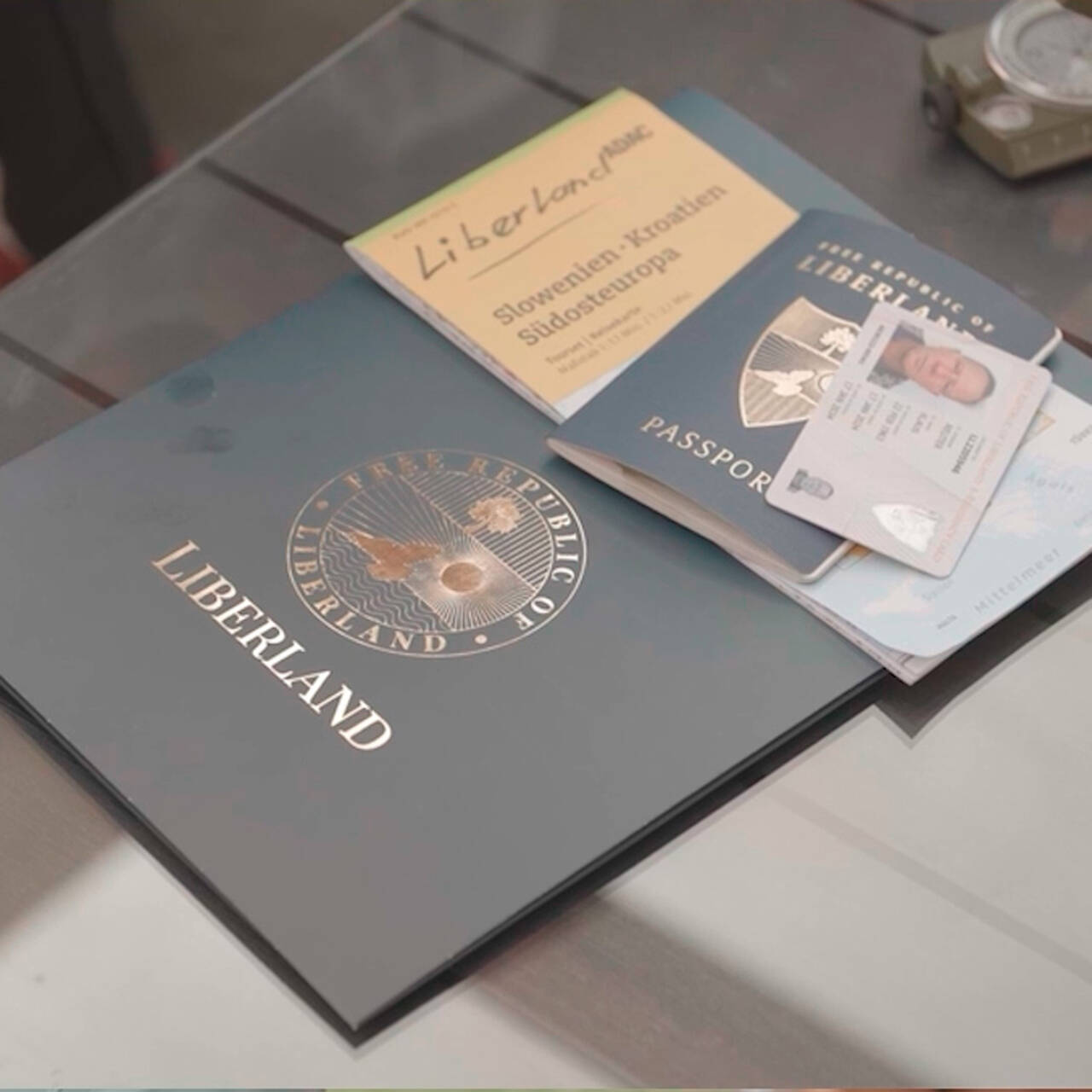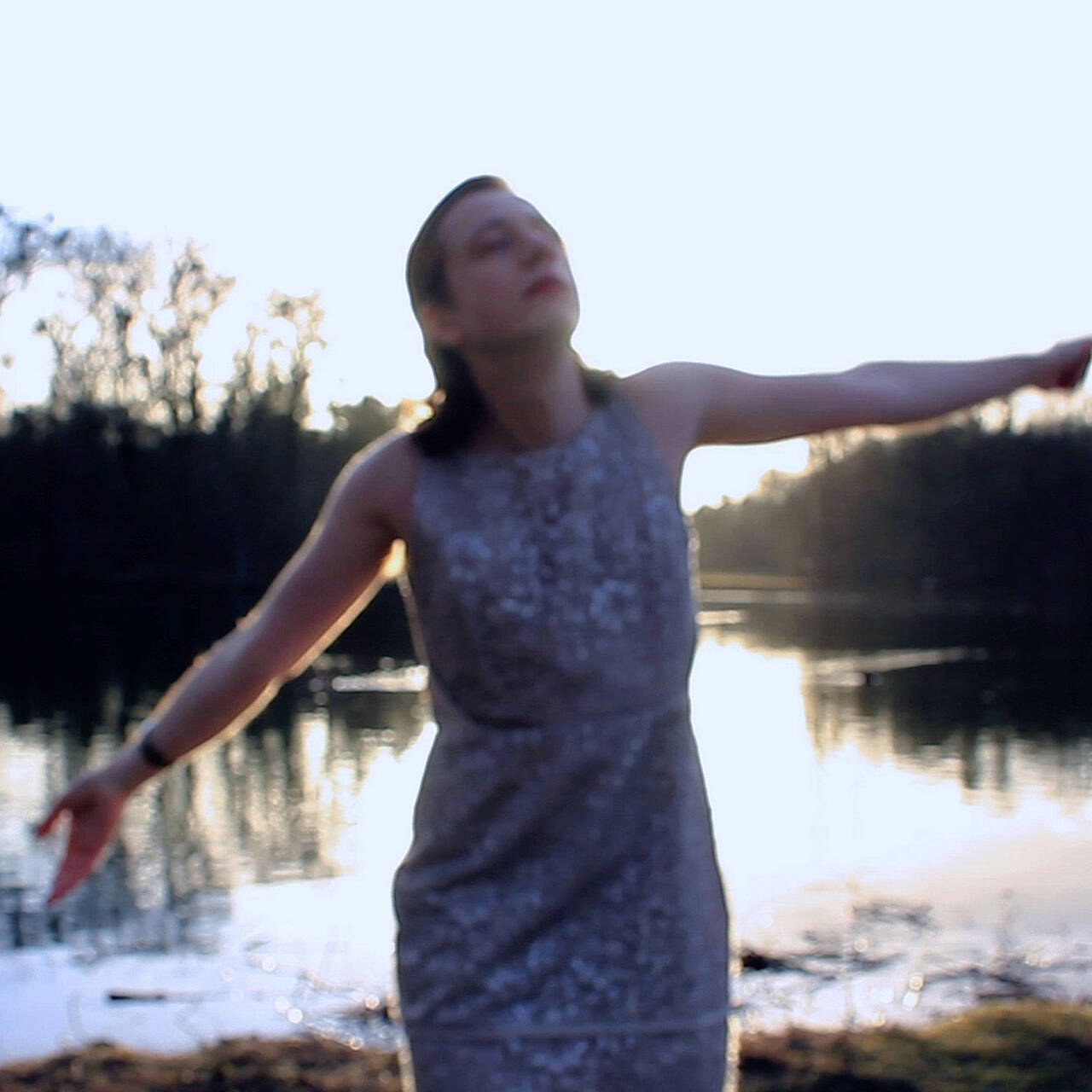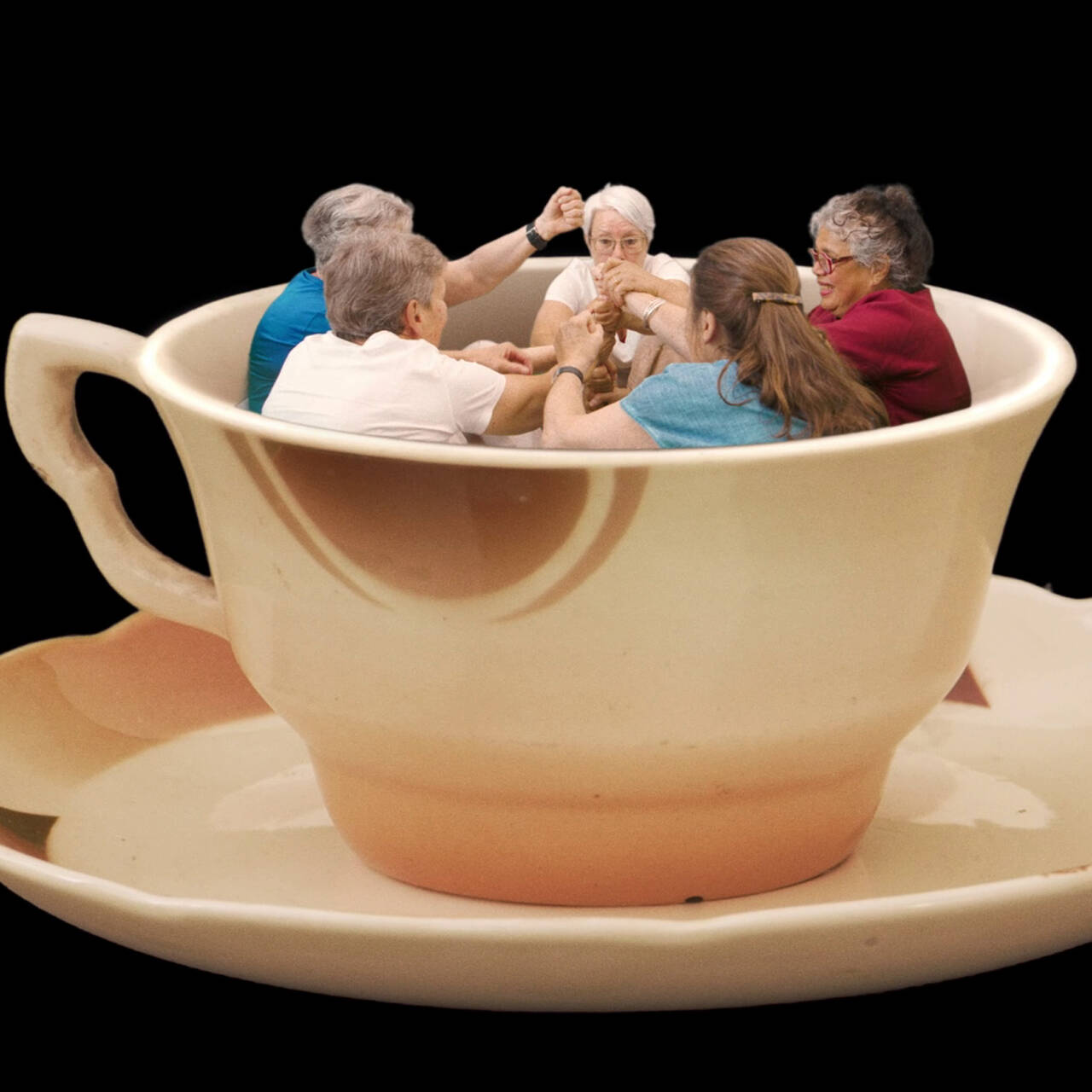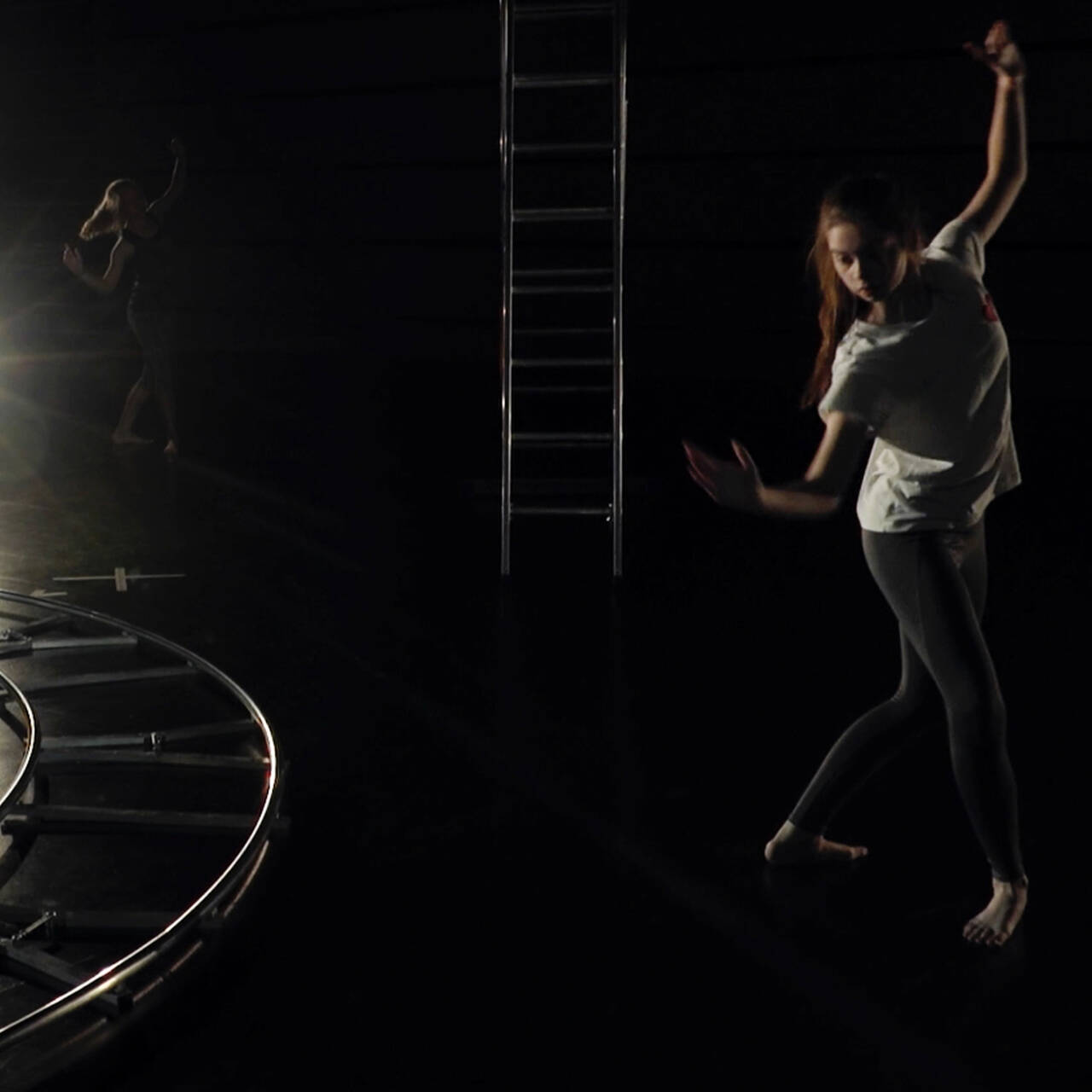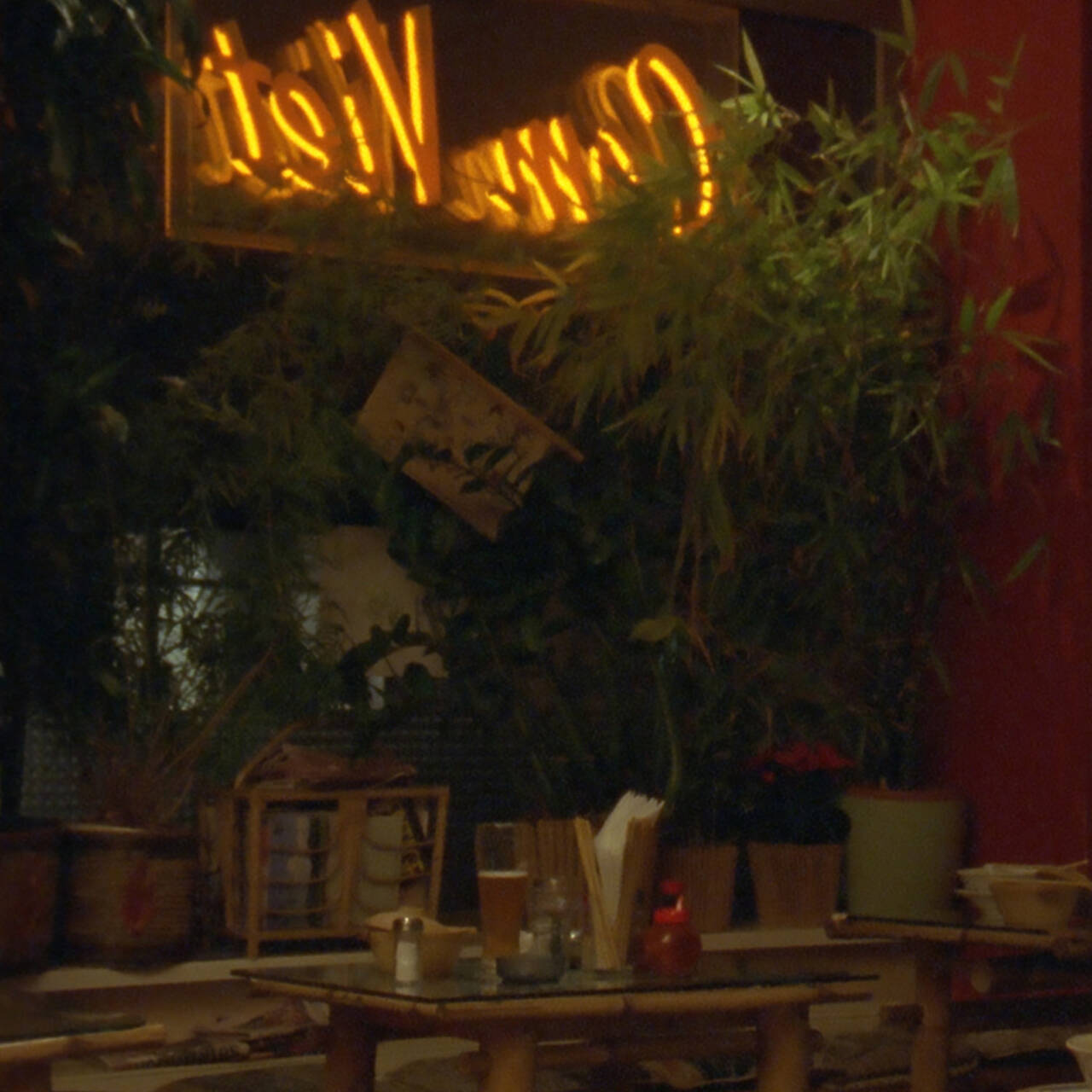When the body falls victim to the code. In her work, Alexandra Bachzetsis reveals social representations of body and femininity.
A woman in a white dress stands alone in the spotlight. At the edge of the light cone there are other people, moving clockwise around her and ultimately coming to a halt and pause motionless in a squatting position. The woman starts to dance; her movements become ever more ecstatic, the accompanying music ever more chaotic, both reaching greater heights until the dancer suddenly collapses and lies lifeless on the ground: The sacrificial dance comes to a macabre end – the woman has danced herself to death.
This scene from Igor Stravinsky’s ballet “Le sacre du printemps” proved hard for the audience to swallow when it premiered in Paris in 1913. Supposedly laughter and whistling were heard throughout, and a solid scandal broke ground. More than 100 years later, Stravinsky’s work is considered one of the most important compositions of the 20th century and is no longer a shock to anyone – even the ballet’s choreography by Vaslav Nijinsky has been rehabilitated. Meanwhile though, “dancing oneself to death” remains a curiosity that is as shocking as it is fascinating, including for Swiss video, installation and performance artist Alexandra Bachzetsis, as she recently revealed to The New York Times. For the DOUBLE FEATURE, she now presents her work “Massacre: Variations on a Theme” (2017).
Bachzetsis is concerned with genre-specific body codes
Bachzetsis, who was born in Zurich in 1974, was herself a dancer when she began her career, but started staging her own choreographies from 2001 onwards. In her works, the artist repeatedly examines genre-specific codes of body movement, from tap dance to voguing to the techno dance style of Tecktonik, but also the everyday behaviors of people from various different social classes and cultural backgrounds.
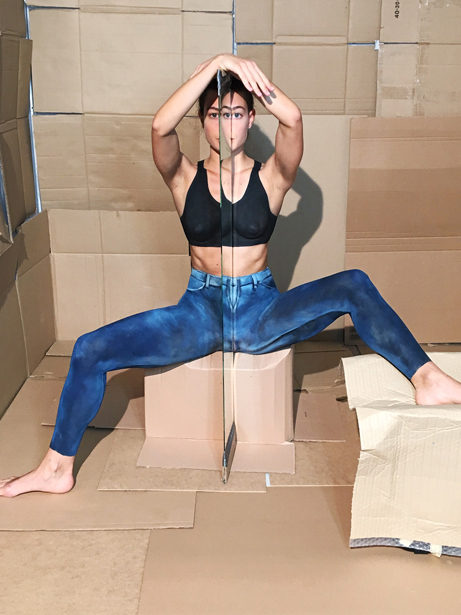
Alexandra Bachzetsis, Massacre: Variations on a Theme, 2018, Image via www.alexandrabachzetsis.com
In “Dream Seasons” (2008), she focuses on the structure and dramatic form of soap operas, while later works such as “PRIVATE: Wear a mask when you talk to me” (2016) deal with the development of social gender using a kind of study on physical positions from yoga, porn movies and football. “Massacre: Variations on a Theme” was commissioned by New York’s MoMA and developed as an examination of that very fascination for the ritualistic sacrificial dance that represents the climax of Stravinsky’s ballet – although the work is not intended as an adaptation.
As if by an invisible hand
To staccato-like beats on a piano, after the opening titles the view opens freely onto a small space made up entirely of cardboard. On the floor lies a woman whose body moves powerfully up and down as if remote-controlled or possessed, as if an invisible force were impacting on her body. The piano music reaches a climax; polyrhythmic structures and ever more notes can be heard – more than a solo pianist could play. And indeed: Shortly afterwards a piano is seen, which is likewise being played by invisible hands.

Alexandra Bachzetsis, Dream Season, 2008, Image via www.alexandrabachzetsis.com

Bachzetsis presents a total of four dancers over the course of the almost 23-minute piece. “Massacre: Variations on a Theme” was already shown both as a live performance and as a video work and it is specifically the latter, with its almost claustrophobic camera settings, that reveals a resonating corporeality. After performing several artistic figures on the floor, a dancer moves slowly towards the camera and stares virtually motionless for two and a half minutes into the lens, focusing directly on the spectator.

Her physicality, the animalistic, incarnate but also staged nature of the movement and how this is perceived is something the artist repeatedly focuses on explicitly: A dancer wearing skintight jeans – which may just be painted on, since only the seams are visible – busies herself with sandstones before she ultimately duplicates her own body precisely at the central point by means of a lengthways mirror.
The hidden leaves the stage to illusion
The mirror reappears later, when it is again used to duplicate half of the dancer’s body, as it occurs, for example, in mirror therapy for the treatment of phantom pains following an amputation. However, from behind the mirror, which reveals the view of the reflected half of the body, there soon protrudes, as if by magic, the actual body part hidden by the duplication. Like something repressed, it flashes for a brief moment and then vanishes again, leaving the stage to illusion.


Alexandra Bachzetsis, Massacre: Variations on a Theme (concept Photography), Image via www.alexandrabachzetsis.com
As her favorite film, Alexandra Bachzetsis chose “Times Square” by Allan Moyle, which was released in 1980. The film tells the (love) story of Nicky Marotta (Robin Johnson) and Pamela Pearl (Trini Alvarado), who meet on the neurology ward of a New York hospital where they are supposed to be undergoing mental health testing. Nicky, a rebellious “street kid” who has been sent to the clinic by the police following repeated incidents of criminal damage, is fascinated by Pamela, whose sheltered upbringing means she appears to have come from a completely different world, and she soon convinces her to run away from the hospital.
An escape into the underground and the attempt of a new life
When Pamela’s father, an affluent city councilor who is working on reviving the dilapidated Times Square, eventually launches a city-wide search for his daughter and accuses Nicky of kidnapping, the radio DJ Johnny LaGuardia (Tim Curry) gets wind of the story and reports the disappearance of the two teenagers on air.

Allan Moyle, Times Square, 1980, Image via staticflickr.com
As the action continues, Nicky and Pamela find a place to stay in an abandoned warehouse and attempt to build a new life according to their own ideas. “Times Square” flopped in the cinemas when it was first released – film critic Roger Ebert claimed it had some brilliant moments but thought its potential was not fully tapped. The film is interesting as cinematographic documentation of the old Times Square, which The New York Times had at the time dubbed “the worst block in town”: a cluster of grubby motels, brothels and vaudeville clubs that was a hotbed of subcultures before the buildings were entirely renovated in the 1990s.
Over the years, a loyal following developed around the film
During the course of the 1980s the film gradually gained a loyal following. At LGBT film festivals in particular, the film has seen regular screenings and enthusiastic audiences.

While all the explicit indications of the lesbian love affair between Pamela and Nicky were cut from the cinema version, the romantic inclination the pair feel for each other is clearly evident. Above all, however, it is the alleged and perhaps even genuine attitude to life of the post-punk and New Wave generation captured on film that lets “Times Square,” along with its brilliant soundtrack, captivate the viewers.




